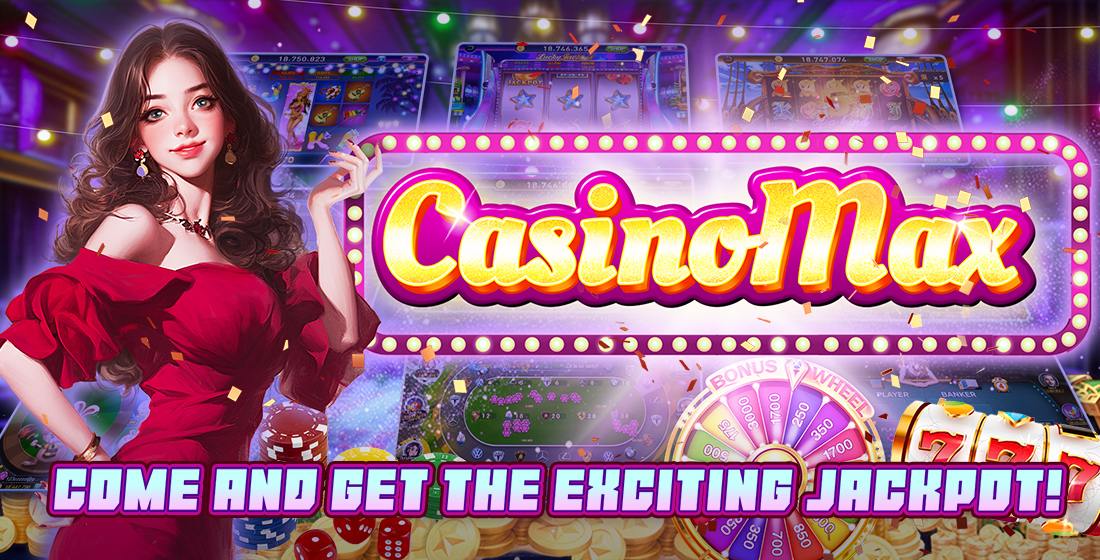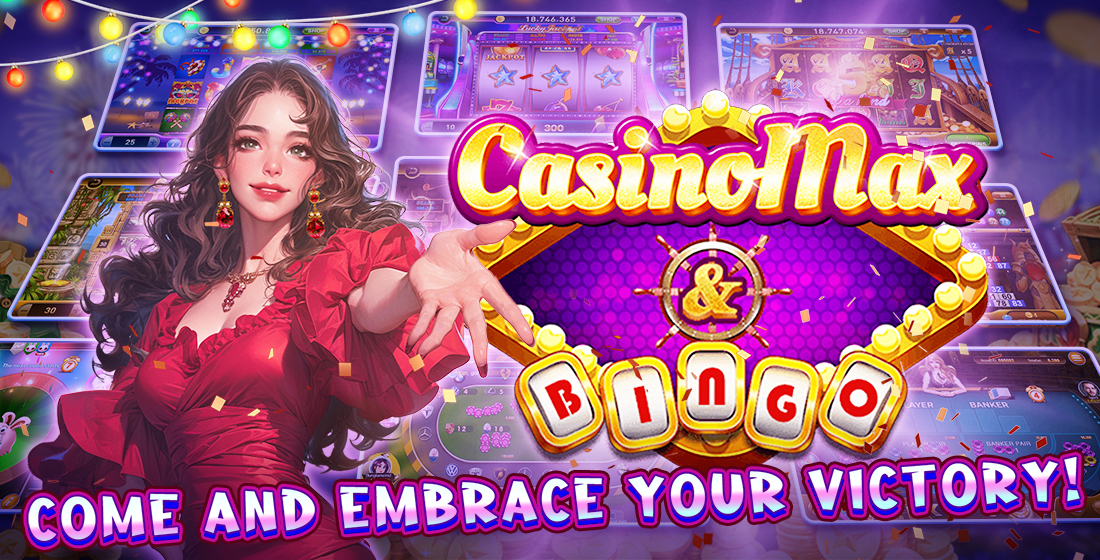Unlocking Success: How Idle Games Are Transforming the Strategy Games Landscape
Over the past few years, idle games have captured the attention of gamers worldwide, pushing their way into the spotlight and reshaping the landscape of strategy games. Have you ever wondered what makes these games so alluring? From quick sessions to deep strategic gameplay, idle games juxtapose simple mechanics with engaging tactical elements that appeal to both casual and hardcore gamers. Let’s dive into how these games are changing the face of strategy gaming!
The Rise of Idle Games
Idle games, often known as “clicker games," are designed to operate in the background while players are away. Unlike traditional strategy games that require consistent attention, idle games keep players engaged through progress made even when they are not playing. This unique mechanic has led to a surge in their popularity.
- Accessibility: Easy to pick up
- Minimal time commitment
- Continual progress, even when offline
Why Are Players Hooked?
Many players find themselves drawn to idle games, often spending hours curating their perfect strategy without even realizing how much time has passed. The appeal lies in several factors:
- Instant Gratification: Players achieve quick rewards for their efforts, fostering a cycle of engagement.
- Strategic Depth: Despite their seemingly simple structure, these games require thoughtful planning and decision-making.
- Social Interaction: Many idle games integrate multiplayer elements, prompting competition and collaboration.
Transforming Strategy Games
Idle games are not mere distractions; they have redefined traditional strategy gaming. Players now seek a balance between strategic thinking and the satisfaction of passive gameplay. Here’s how idle games are influencing strategy games:
| Aspect | Traditional Strategy Games | Idle Games |
|---|---|---|
| Player Engagement | Active Play Required | Leverages Passive Play |
| Time Investment | Long Sessions | Short Sessions |
| Progress Tracking | Linear Growth | Exponential Growth |
What It Means for Strategy Game Developers
For game developers, the rise of idle games presents both an opportunity and a challenge. It’s a call to integrate elements that embody what makes idle games successful:
- Engaging Mechanics: Incorporating idle mechanics into traditional strategies can draw a new audience.
- Freemium Models: Leveraging in-game purchases while maintaining free access can be financially lucrative.
- Player Feedback: Regularly updating games based on user feedback can enhance player satisfaction.
Effective Strategies for Casual and Hardcore Gamers
For dedicated players, mastering the best base in Clash of Clans can complement idle games' rewarding nature. Here are some strategies:
- Upgrade resources as soon as possible.
- Utilize builders efficiently to maximize progress.
- Join active clans for support and additional resources.
These tactics can help cultivate the ideal playstyle and keep the thrill alive, blending the best of both worlds!
Exploring Limitations: Did My Sweet Potato Go Bad?
Amid this chaos of gaming innovation, players can’t disregard the importance of casual life matters either. Just like determining if did my sweet potato go bad, recognizing when a game shifts from engaging to redundant is crucial. Maintaining balance is key. If gaming no longer feels rewarding, consider stepping back and reassessing your strategy.
Conclusion: The Future of Idle Games in Strategy
As idle games continue to captivate audiences, they’re paving the way for a new age of strategy gaming. By incorporating both passive and active gameplay elements, developers can create a unique cycle that keeps the community engaged. Whether you're a casual gamer looking for quick satisfaction or a hardcore strategist devoted to mastering your gameplay, idle games are undoubtedly transforming the landscape. Don't miss out on this evolution!


